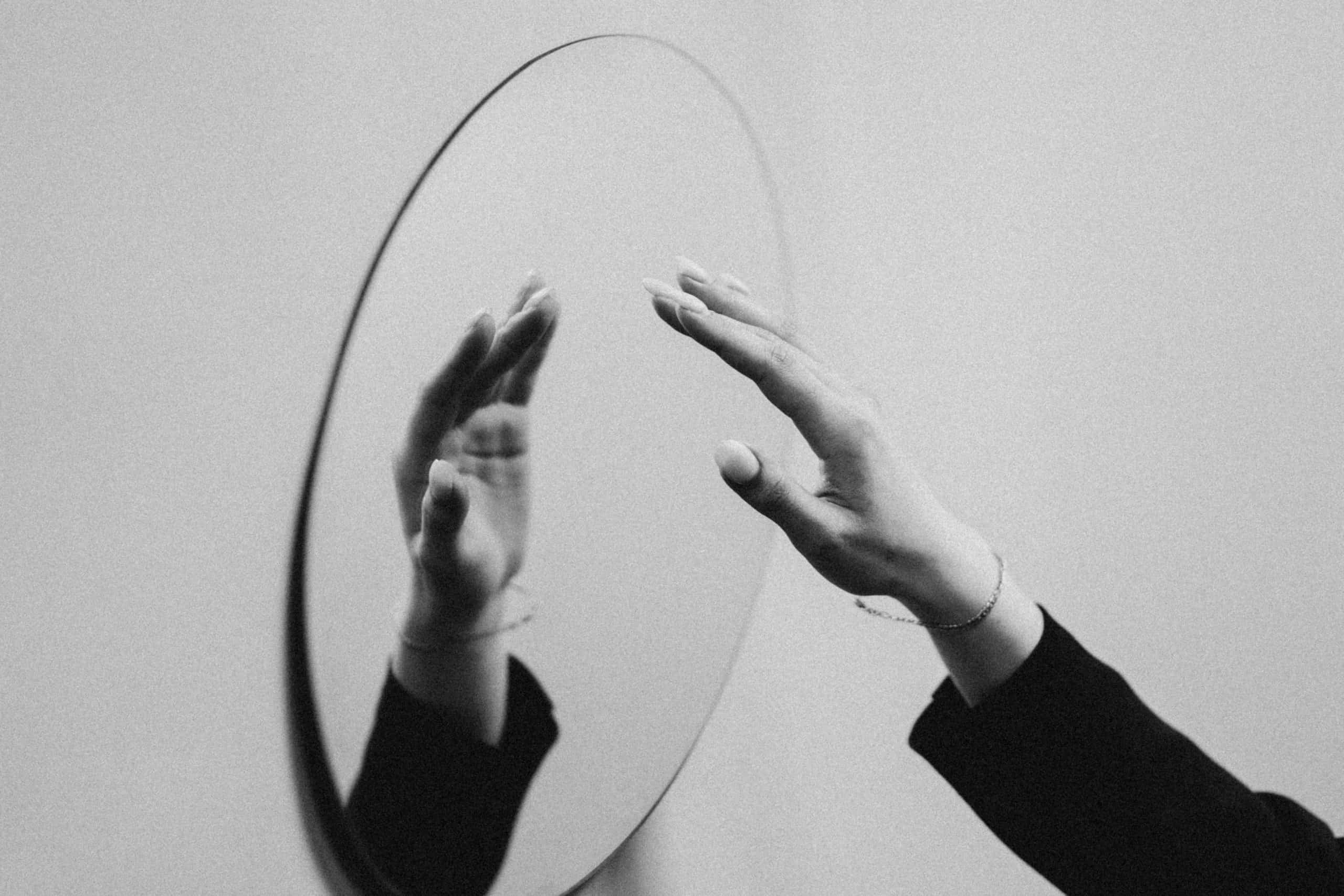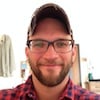The following reflection is part of our “Jesuit 101” series, celebrating the Ignatian Year. This piece helps us to dive deeper into Ignatian Contemplation. To learn more about this form of prayer, check out our explainer article: “Jesuit 101: Ignatian Contemplation, Encountering God Through Our Imagination.”
The sand-colored rocks along the Atlantic shoreline at Eastern Point Jesuit Retreat House stand twenty feet tall over frigid waters, simultaneously sharp and rounded with a slight shimmer in sunlight. At points, the rocks fold into each other and make what I can only describe as nature’s recliner, the perfect place to sit in silence, listen to waves, and imagine Portugal somewhere across the seemingly infinite horizon of ocean.
The day was cold, but still warm for January. Strong wind lingered from the prior day’s nor’easter. Waves crashed violently into the rocks, sending sprays of diamond-like droplets into the air. White clouds piled high in front of an azure sky. I lounged in an unbreakable La-Z-Boy, cast my eyes upward and breathed deeply. I offered a prayer of preparation, and opened my Bible to Mark 5:21-43. After I read the passage slowly, noticing the narrative, I closed my eyes. Where to?
***
I stared into the gold-trimmed mirror and hastily covered my face and arms with clean bandages. I cursed the doctors who couldn’t heal my suffering, and I cast my frayed, dirty dressings into the corner with the others. I had to leave now – there was a commotion rising in the streets, and I suspected it was the healer. I prayed, maybe he’ll notice me today…maybe I won’t get pushed aside this time.
When I found the crowd, people were jamming the intersections, pushing forward toward the narrow road the healer and his companions walked along. I always had an advantage in these kinds of crowds – once people saw the dark stains appearing across my covered arms and face, they scattered like roaches suddenly exposed to light. I hugged a wall, and with the buffer people afforded me, made it to the narrow road. The healer was just ten feet ahead of me.
I cried out, “Healer! Healer!” But, he didn’t turn. I pushed closer, still crying out, but my weak, ever-exhausted voice was drowned by the crowd. I was so close – just a foot or two behind him. My hands shook with desperate anticipation. A large body slammed into me from behind, and as I reached out to break my fall, my fingers found the edge of his cloak. My knees hit the ground hard, and I rolled to my side. The crowd began to trample over me. I began to cry from the pain of footfall above, brushing against my arms and face and breaking my slowly healing skin open. Please, I prayed. No.
As quickly as that prayer came, a warmth flooded my entire body, and the crowd stopped moving forward. The healer had called out, but I couldn’t make out his words. Then again: “Who touched my cloak?”
My heart froze, but the spreading warmth beckoned me to rise. “I touched your cloak, healer. I’m so sorry, but I was falling and had nothing to catch myself on, and the crowd overwhelmed me, and I…”
“Sister.” He cut me off, his voice deep and strong and full of light. “Your faith has healed you. Go in peace, and be freed from your suffering.”
He turned, not unkindly, but quickly, and moved along his way. I stood for a long moment, and people around me stared. They still only saw me, covered as I was. But I knew I was changed.
I made my way home, tingling, almost floating along. I stood before my mirror. I unwrapped myself. My skin was clear and pure. I ran a finger along my opposite arm, and goosebumps spread across my entire body. I looked into my own eyes, filled with tears, and felt beautiful.
***
One way to consider this moment is that it all happened in my head. I made it all up. And, in a sense, I did. I don’t identify as a woman. I came to find out later that her hemorrhages were not a kind of leprosy – the image I had in mind was historically and exegetically inaccurate. Curious about the gold-trimmed mirror, I Googled them and learned that mirrors like the one I imagined weren’t popularized until well after Jesus’ time. The buildings and streets don’t really exist anywhere in the world, and the face – my face in the contemplation – didn’t belong to a real person. Jesus’ voice didn’t really sound that way, and the Gospel didn’t say that the woman was falling and caught Jesus’ cloak on the way down, only to be momentarily trampled.
But then again.
When I opened my eyes after this moment of prayer, my whole body was filled with warmth, in spite of the cold rocks beneath me and the whipping wind of a cool January day. I imagined my own face, and while I was used to seeing eyes filled with uncertainty and diminished self-worth, I saw instead someone beautiful and worthy and whole. I saw someone who had been trampled before, but who knew how to rise. I saw Jesus, my friend and companion, smiling at me and loving me.
The risk of this kind of prayer, perhaps, is that we fear dishonoring the true narrative of sacred scripture, or that our imaginations run a little too wild, or we create for ourselves something inauthentic to the true person of Jesus.
Be at peace with these fears. We must believe that God guides us in imaginative prayer, that in practice the picture becomes more clear, and that in sharing the faith of Jesus revealed in scripture, we come to know him deeply and authentically. As a friend once said, let good things run wild.
The gifts of imaginative prayer are endless, but here I point out just two. First, we can grow in relationship with Jesus. We can see him. We can hear his voice speaking to us. We can watch what he does, and how he does it, and who he does it for.
Second, we can grow in relationship with ourselves. My prayer that day helped me name that I still had questions about my worth and my beauty. My prayer helped me realize that I had not yet moved beyond some of the deep hurts in my life. My prayer gave me an experience of what wholeness feels like, and how Jesus could help.
Thank you, I said to Jesus.
You’re welcome. He said back. Now – where to next?


